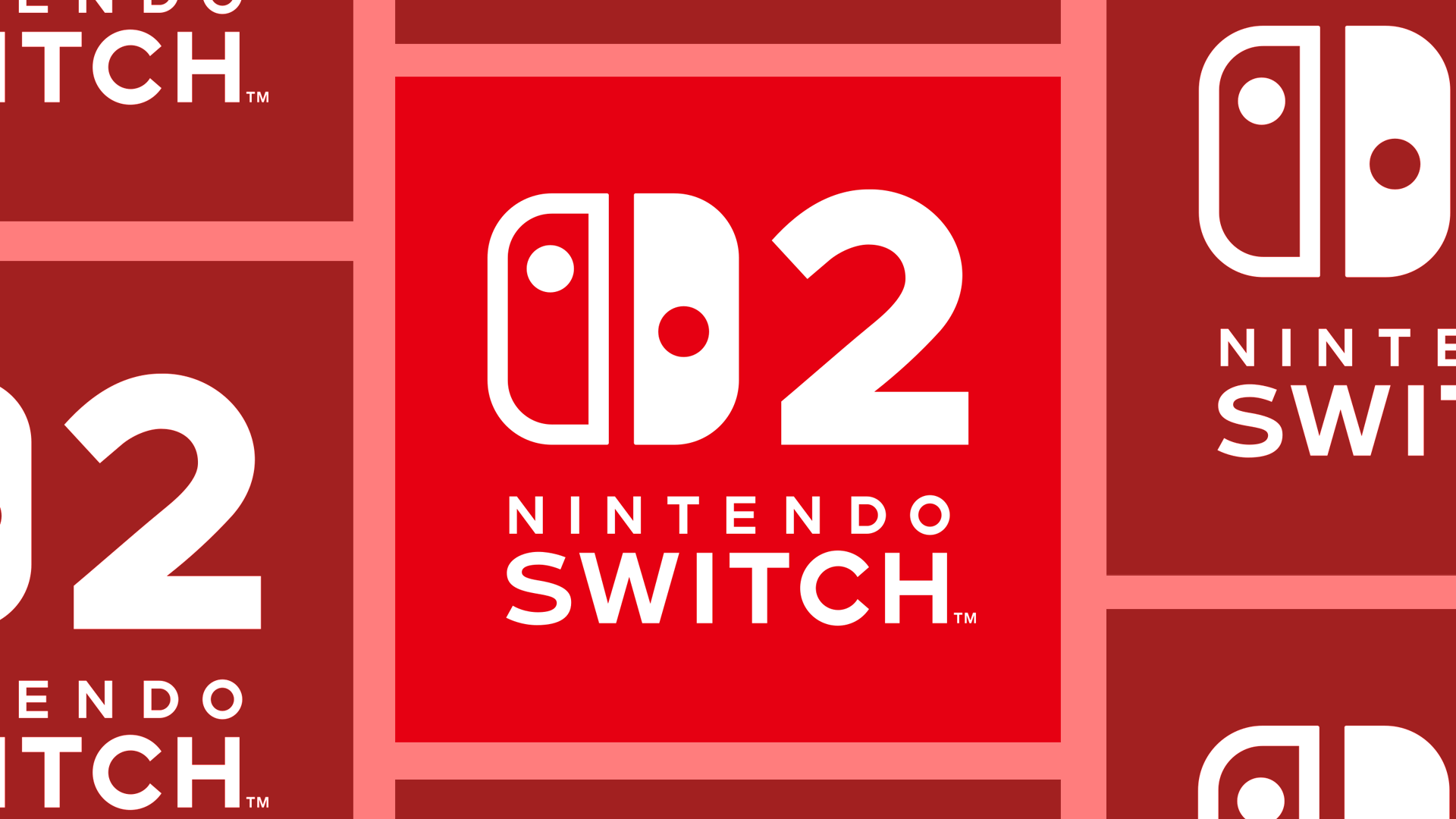According to a study by CNET, 70% of Gen Z and Millennials could be ready to purchase the Switch 2 on release day. It is part of a wider trend that sees young people spending a whopping $700 USD on games and subscriptions annually.
Nintendo is currently gearing up to launch its latest console, the Switch 2.
Unsurprisingly, it is a direct sequel to the company’s extremely popular original Switch, which was first released in 2017. New research conducted by CNET suggests that over half of US gaming adults (58%) are interested in purchasing one on launch day.
Their enthusiasm doesn’t come without some caveats, mind. 27% are looking for an affordable price and say that this would sway them in their purchasing decision. 70% of Gen Z specifically are interested in purchasing the Switch 2.
According to CNET, US gaming adults spend an average of $35 USD per month on new games and subscriptions. Gen Z are ahead in terms of costs, with an average of $56 USD spent monthly.
30% of Gen Z say they’re also interested in the improved tech of a sequel console, with 11% stating they would wait for a sale before purchasing. It seems clear that the price is the biggest deciding factor for younger consumers ahead of release.
Nintendo is set to unveil more about the Switch 2 on April 2 2025, with a 60-minute feature that promises to deliver further information on specs, price, release date, and more. The company first dropped an announcement teaser in January, likely done to shut down the constant rumours and leaks that were circling the internet prior.
It’s unsurprising that young people are most nervous about the actual cost, particularly given that Gen Z are still relatively fresh onto the job market and have yet to acquire a comfortable amount of disposable income.
With the gaming industry also increasingly turning to subscription models and monthly payment plans via Game Pass, PlayStation Plus, and Switch Online, more consumers are having to weigh up these routine costs with the additional price tag of new hardware. With news that bills are going up this month – in the UK at least – this concern is likely to increase throughout the year.




















